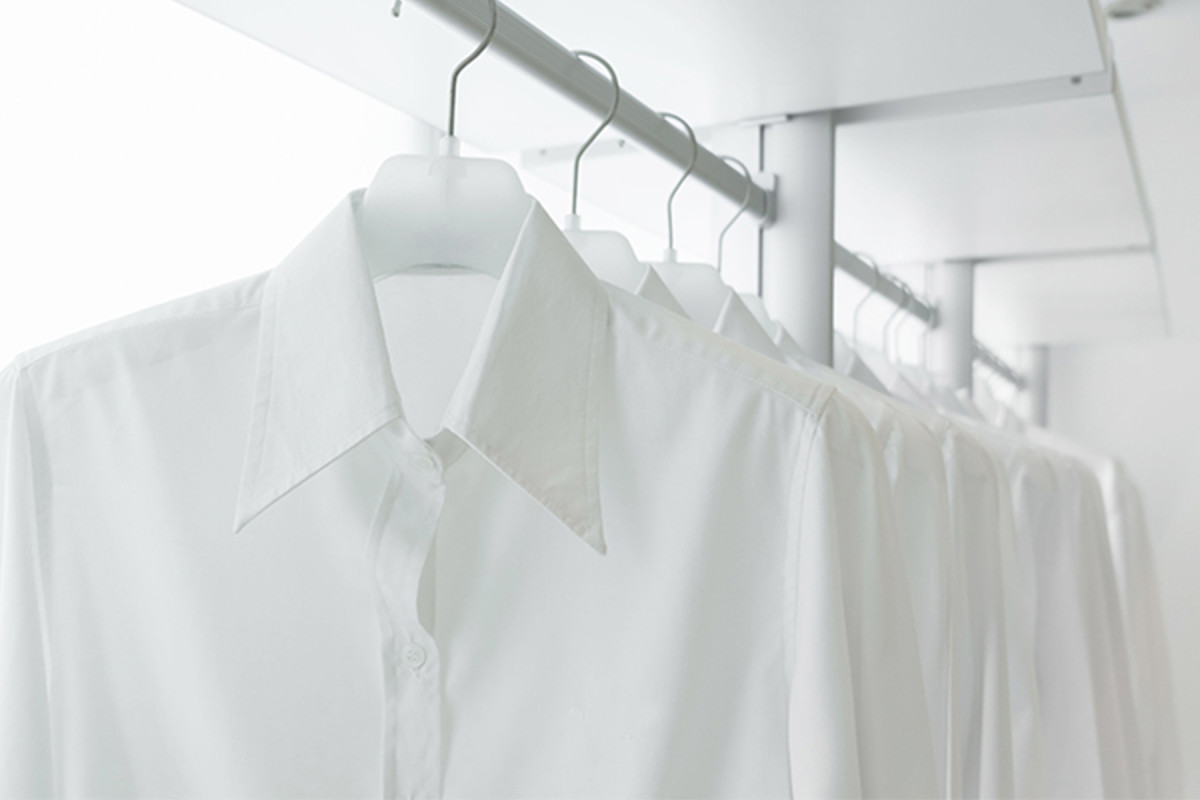We’ve all been there – the frustrating moment when a fresh white shirt or a crisp pair of trousers falls victim to the dreaded iron stain. These unsightly marks can quickly turn a pristine garment into an eyesore, leaving us feeling dismayed and defeated. But fear not! With the right techniques and a bit of know-how, you can effectively remove those stubborn iron stains and restore your beloved white clothes to their former glory.
In this comprehensive guide, we’ll explore a variety of proven methods to tackle iron stains on white fabrics, from simple household hacks to more advanced stain-removal solutions. Whether you’re tackling a recent mishap or dealing with a long-standing stain, these strategies will empower you to conquer those pesky iron marks and keep your wardrobe looking fresh and clean.
Prepare to bid farewell to discolored white clothes and embrace a future of effortlessly stain-free garments.
Understanding Iron Stains
Before we dive into the removal techniques, it’s essential to understand the nature of iron stains and what causes them to form on white clothes.
The Science Behind Iron Stains
Iron stains, also known as rust stains, occur when the iron in the water or the iron soleplate of an iron interacts with the fabric of the clothing.
The Oxidation Process
When iron comes into contact with water and oxygen, it undergoes an oxidation process that results in the formation of rust, which then transfers to the fabric.
The Impact of Heat
The heat from the iron accelerates the oxidation process, leading to more pronounced and stubborn stains.
Common Causes of Iron Stains
Identifying the potential sources of iron stains can help you prevent them from occurring in the first place and tackle them more effectively.
Ironing with a Dirty Iron
Using an iron with a dirty or rusty soleplate can directly transfer the iron particles to the fabric, leaving unsightly stains.
Iron Residue in Water
Areas with high iron content in the water supply can also contribute to the formation of iron stains on white clothes.
Fabric Composition and Weave
Certain fabrics, such as cotton and linen, are more susceptible to iron stains due to their natural fiber structure and weave.
Immediate Stain Removal Techniques
When an iron stain occurs, acting quickly is crucial to prevent the stain from setting and becoming more difficult to remove. Here are some effective immediate stain removal techniques to try.
Using Lemon Juice or White Vinegar
The acidic properties of lemon juice and white vinegar can help neutralize and lift iron stains from white clothes.
Applying Lemon Juice or Vinegar
Directly apply the lemon juice or white vinegar to the affected area, ensuring it’s fully saturated.
Allowing Time for the Acid to Work
Let the acidic solution sit on the stain for 10-15 minutes before attempting to rinse or blot the area.
Applying Salt and Water
The abrasive nature of salt, combined with water, can help physically lift and remove iron stains.
Creating a Salt Paste
Mix a small amount of salt with water to form a slightly gritty paste.
Gently Rubbing the Stain
Carefully rub the salt paste into the stained area, using a soft-bristled brush or your fingers.
Utilizing Stain-Removal Pens or Sprays
Commercial stain-removal products formulated for iron stains can be a convenient and effective solution.
Applying the Stain Remover
Follow the instructions on the product, applying it directly to the affected area.
Allowing Time for the Treatment
Let the stain remover work its magic, as directed, before rinsing or laundering the item.
Advanced Stain Removal Techniques
For more stubborn or set-in iron stains, you may need to employ more advanced techniques to effectively remove them from your white clothes.
Soaking in Oxalic Acid Solution
Oxalic acid is a powerful stain remover that can effectively tackle even the most persistent iron marks.
Preparing the Oxalic Acid Solution
Carefully mix a solution of oxalic acid and water, following the recommended ratios for safe and effective use.
Submerging the Stained Garment
Fully immerse the affected garment in the oxalic acid solution and allow it to soak for the recommended duration.
Rinsing and Laundering
Thoroughly rinse the garment after the soaking process and then launder it as usual.
Using Hydrogen Peroxide
Hydrogen peroxide is a versatile stain-removal agent that can work wonders on stubborn iron marks.
Creating a Hydrogen Peroxide Solution
Mix hydrogen peroxide with water in the appropriate ratio to create an effective stain-removing solution.
Applying the Solution and Allowing Time
Apply the hydrogen peroxide solution directly to the stain and let it sit for the recommended time before rinsing.
Monitoring the Stain Removal Process
Keep a close eye on the stain as the hydrogen peroxide works, adjusting the application time as needed.
Enlisting the Help of Professional Dry Cleaning
For the most challenging iron stains or delicate fabrics, seeking the expertise of a professional dry cleaner can be a game-changer.
Leveraging the Dry Cleaning Process
Experienced dry cleaners have access to specialized equipment and solvents that can effectively remove even the toughest iron stains.
Providing Detailed Stain Information
When delivering the stained garment, be sure to provide the dry cleaner with as much information about the stain as possible to ensure the best possible outcome.
Preventing Future Iron Stains
While the removal techniques mentioned above can effectively address existing iron stains, incorporating preventative measures into your laundry routine can help you avoid these unsightly marks in the first place.
Maintaining a Clean Iron
Regularly cleaning and maintaining your iron is crucial for preventing the transfer of iron residue to your white clothes.
Cleaning the Iron Soleplate
Thoroughly clean the iron’s soleplate to remove any built-up dirt, rust, or mineral deposits.
Descaling the Iron
Perform regular descaling to eliminate any limescale or mineral buildup that could lead to staining.
Using Distilled or Purified Water
If your tap water is known to have a high iron content, consider using distilled or purified water when ironing to prevent staining.
Checking Water Quality
Research the water quality in your area and make an informed decision about the best water to use for ironing.
Investing in a Water Filter
Install a water filter, if necessary, to remove any excess iron or other minerals from the water supply.
Laundry Habits and Fabric Care
Adopting proper laundry habits and caring for your white fabrics can also help minimize the risk of iron stains.
Sorting Clothes and Fabrics
Separate your white clothes from any items that may contain rust or metallic elements.
Proper Laundering and Drying
Use the appropriate wash cycle, water temperature, and drying methods to protect your white clothes from iron stains.
Conclusion: Reclaim the Brilliance of Your White Clothes
Iron stains can be a frustrating and stubborn problem, but with the right techniques and a bit of persistence, you can effectively remove these unsightly marks and restore the pristine appearance of your white clothes. Through this comprehensive guide, you now have the knowledge and tools to conquer iron stains and maintain a well-cared-for wardrobe.
Whether you’re faced with a recent iron mishap or have been battling long-standing stains, the strategies outlined in this article will empower you to take swift and effective action. From utilizing simple household ingredients like lemon juice and vinegar to employing more advanced stain-removal solutions, you now have a diverse arsenal of techniques at your fingertips.
Embrace the satisfaction of reclaiming the brilliance of your white clothes and bid farewell to the frustration of stubborn iron stains. Implement the preventative measures discussed in this guide to maintain a stain-free wardrobe and enjoy the confidence that comes with knowing your clothes are always looking their best. Unlock the true potential of your white garments and experience the joy of effortlessly clean and pristine clothing.

